“Intercrystals” could pave the way toward greener electronics and next-generation quantum technologies. Scientists at Rutgers University-New Brunswick have identified a new type of material known as intercrystals, which display unusual…
Category: 4. Physics
-
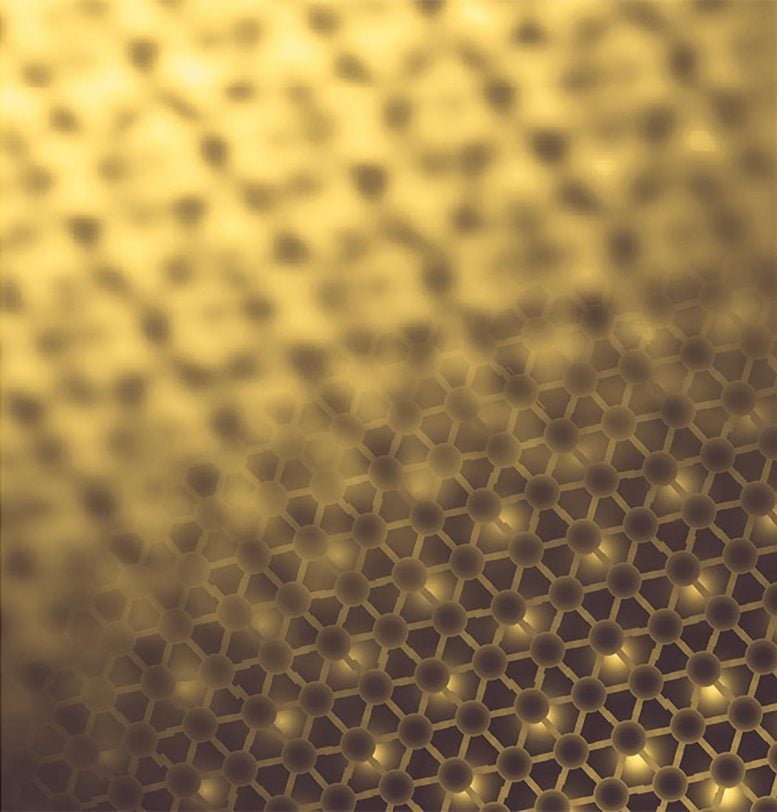
Scientists Discover Revolutionary New Class of Materials: “Intercrystals”
-
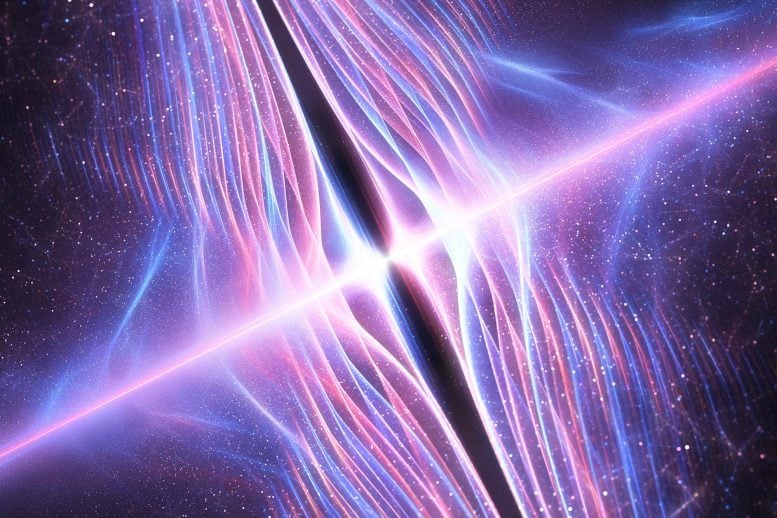
Scientists Solve 90-Year-Old Mystery in Quantum Physics
Scientists have discovered a solution to the “damped quantum harmonic oscillator,” paving the way for what could become the world’s tiniest measuring device. A plucked guitar string rings for a few seconds before the sound fades away. A…
Continue Reading
-
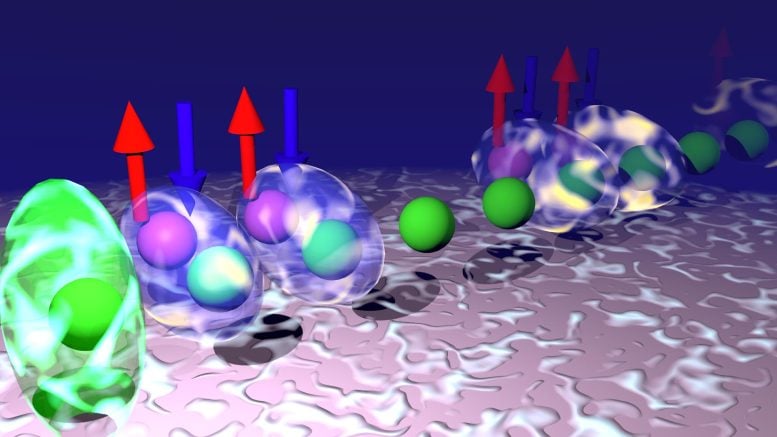
Scientists May Have Just Cracked Quantum Computing’s Biggest Problem
Scientists from Sweden and Finland have discovered a way to use magnetism to protect fragile qubits, potentially solving quantum computing’s greatest weakness. By engineering a new exotic material that naturally supports stable quantum states,…
Continue Reading
-
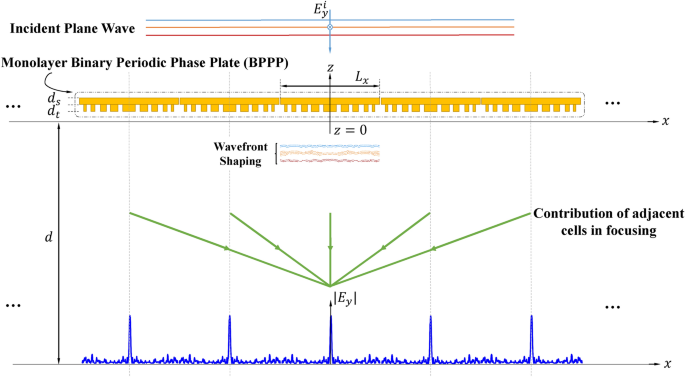
Micron scale binary periodic phase plate for increased depth of focusing based on a non local analysis and design
In this section, BPPPs are designed for various purposes. One purpose is single focusing for periods in the lower and higher ranges at a large depth of over \(750 \times 10^3 \lambda _o\), i.e., 1m at a wavelength of \(1.33\mu m\), while keeping…
Continue Reading
-
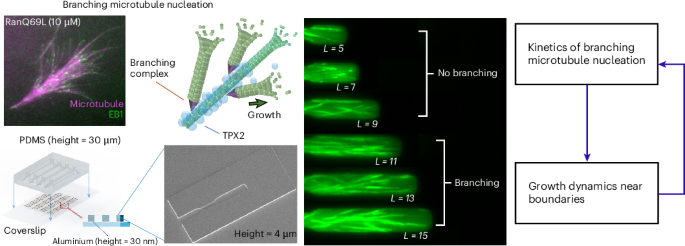
Boundary-sensing mechanism in branched microtubule networks
Miyazaki, M., Chiba, M., Eguchi, H., Ohki, T. & Ishiwata, S. Cell-sized spherical confinement induces the spontaneous formation of contractile actomyosin rings in vitro. Nat. Cell Biol. 17, 480–489 (2015).
…
Continue Reading
-
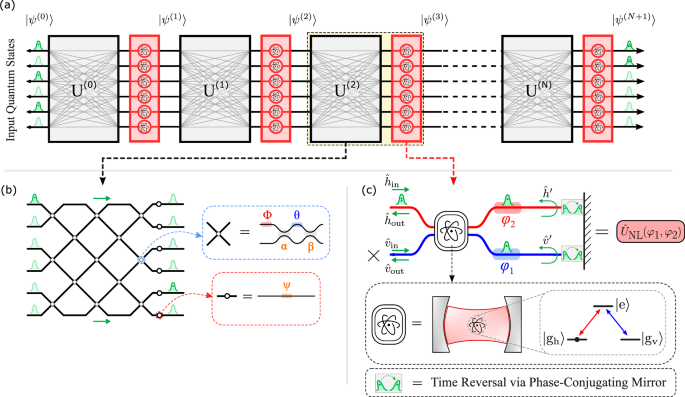
Universal logical quantum photonic neural network processor via cavity-assisted interactions
The neural network architecture
Quantum photonic neural networks have emerged as a promising platform for optical quantum computation. Theoretical proposals have shown that these architectures are excellent at gate synthesis, black-box quantum…
Continue Reading
-
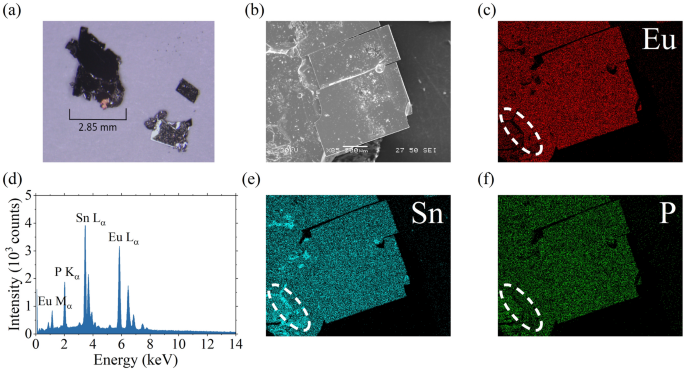
Studies of magnetic properties of EuSnP single crystals
Single crystal characterization
Example single crystals after surface cleaning are shown in Fig. 1a. They are of a black plate-like shape with surface dimensions of up to several millimeters and thickness of about 0.1 millimeter. A SEM image of…
Continue Reading
-
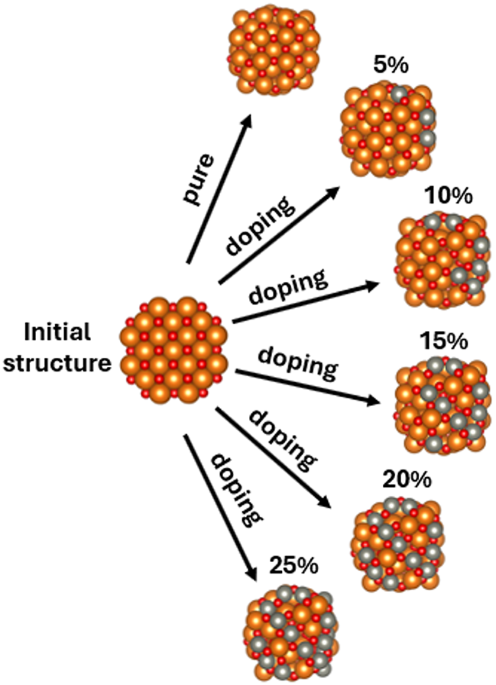
Accelerating density of states prediction in Zn-doped MgO nanoparticles via kernel-optimized weighted k-NN
DFTB calculations
The DFTB calculations were performed using the DFTB+ software package29, employing the third-order parametrization (DFTB3). DFTB is an efficient and parameterized approximation to DFT, retaining essential quantum mechanical…
Continue Reading
-

A fluorescent-protein spin qubit | Nature
Protein expression and purification
In Figs. 1–4 and 5d, we measured EYFP with the mutations S2insL/S65G/V68L/S72A/T203Y/H231L of avGFP, with an additional 6x His tag on the N-terminus (the full amino acid sequence is given at the end of this…
Continue Reading
-
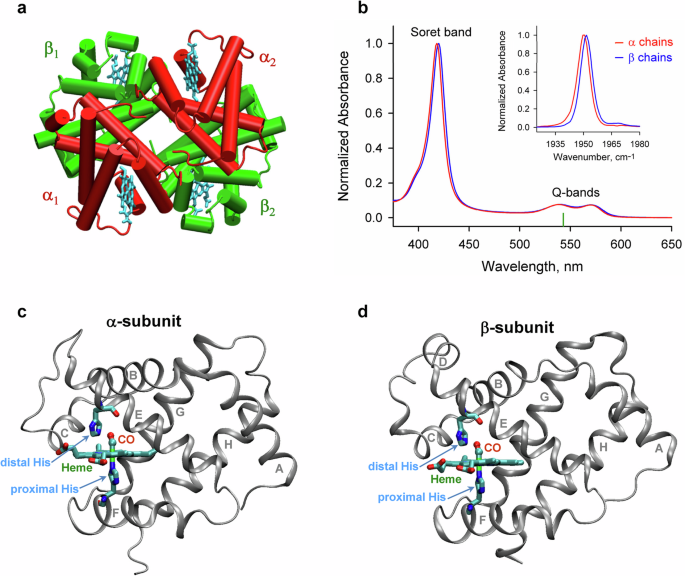
Direct observation of two-channel photodissociation of carbon monoxide from the hemoglobin subunits
Perutz, M. F. Stereochemistry of cooperative effects in haemoglobin. Nature 228, 726–739 (1970).
Google Scholar
Jones, C. M. et al. Fast events in protein folding initiated…
Continue Reading